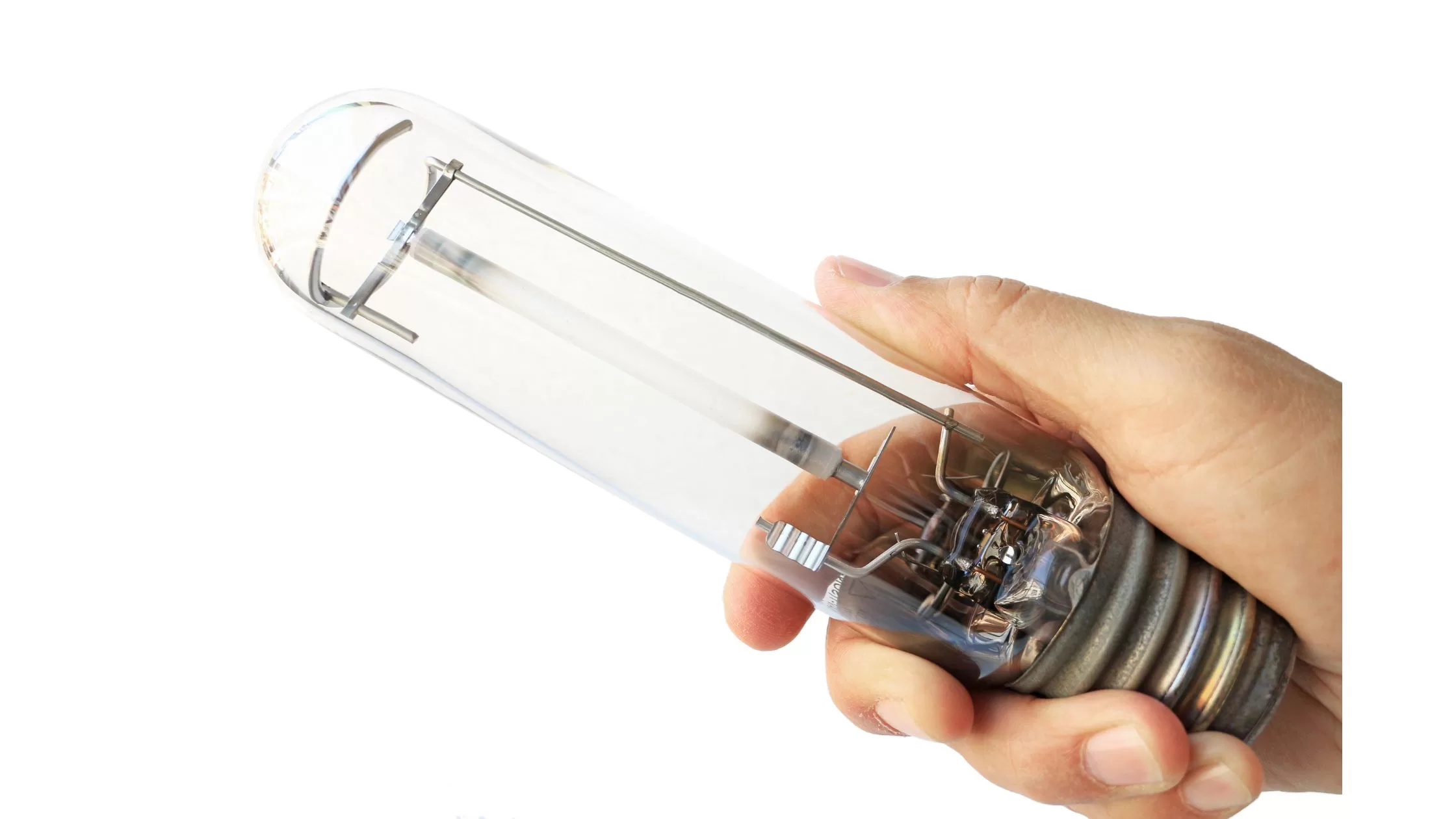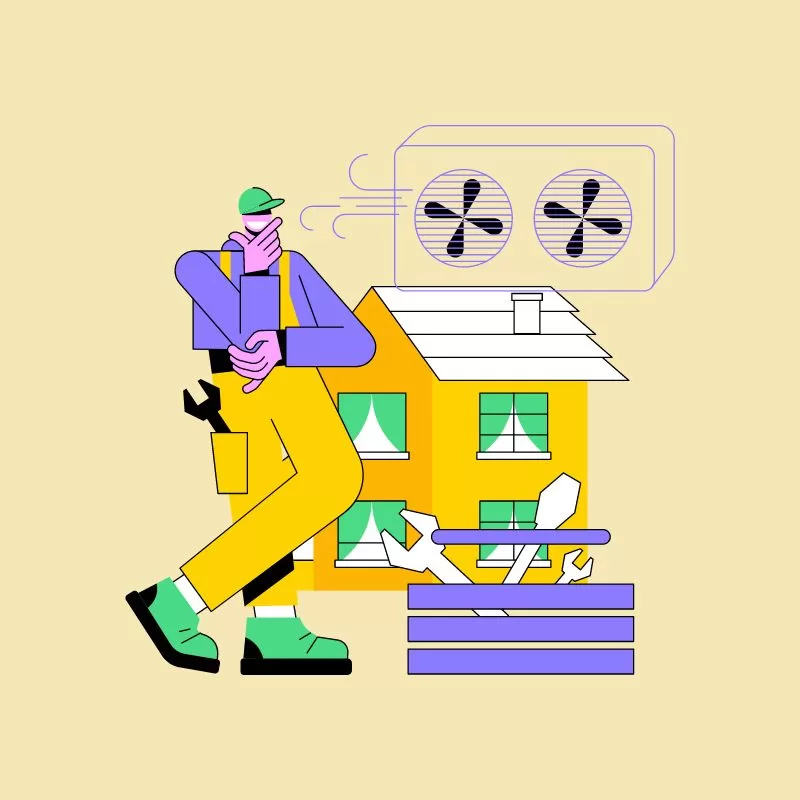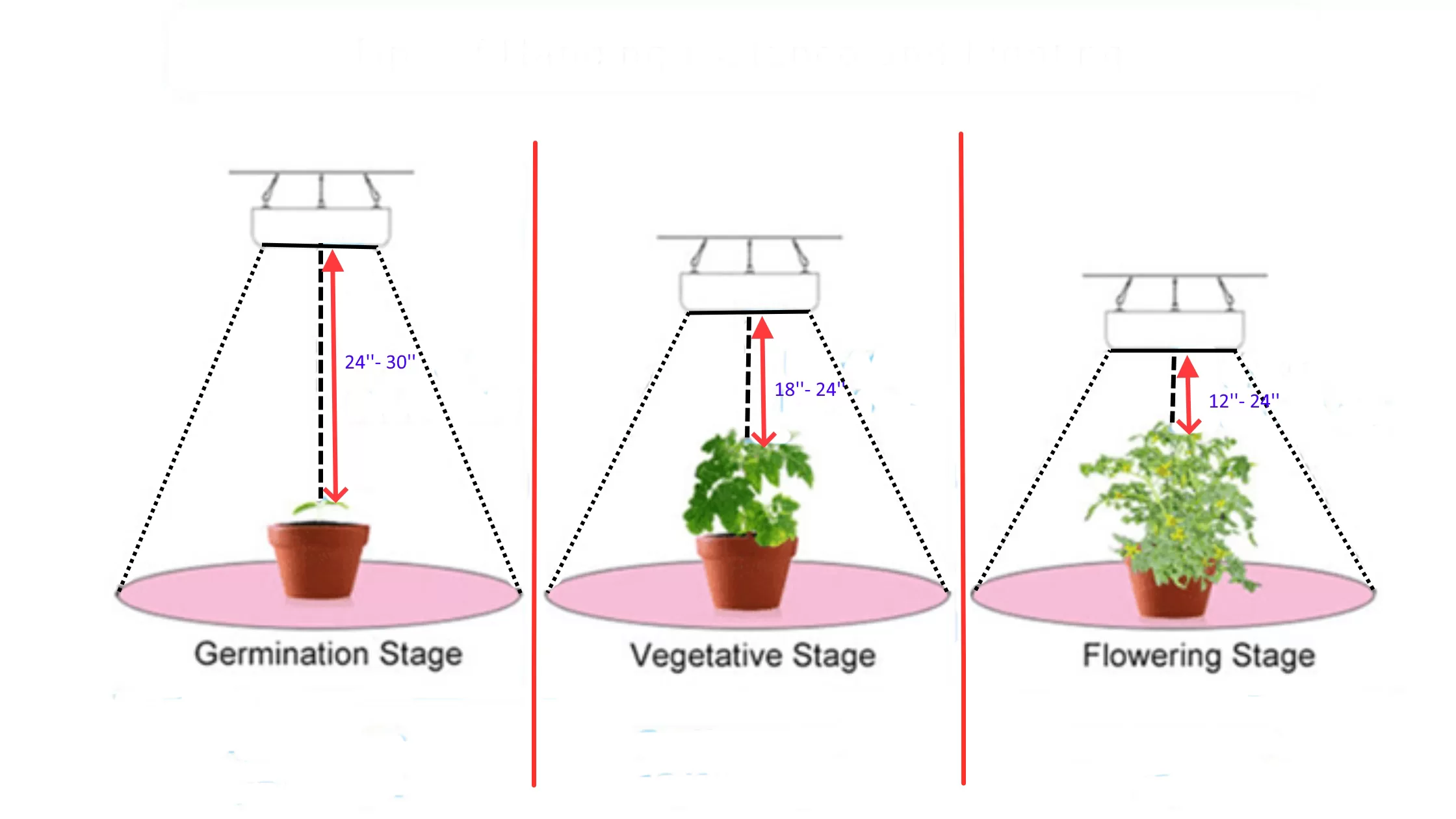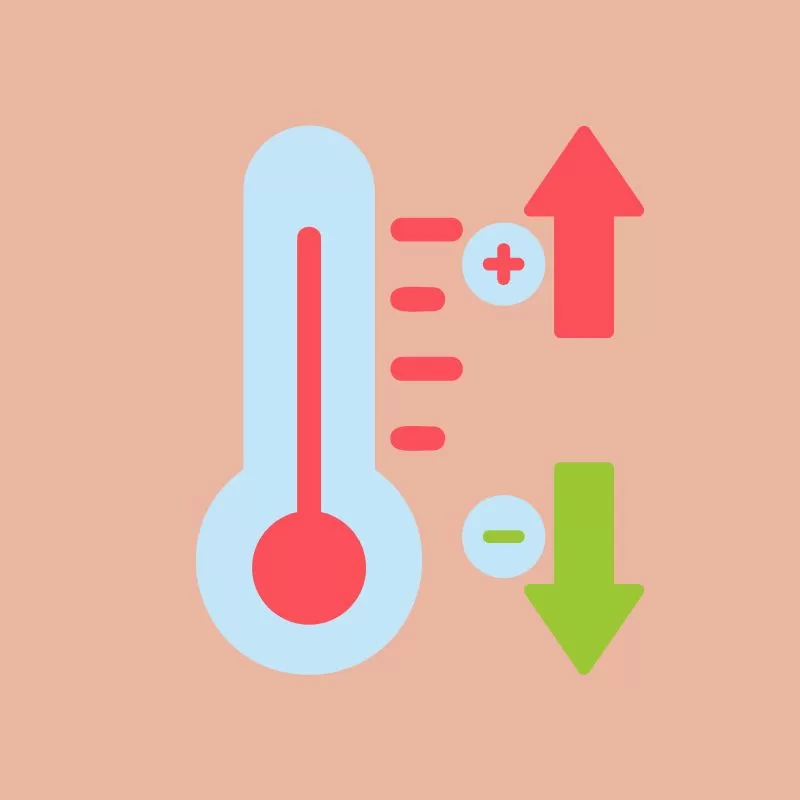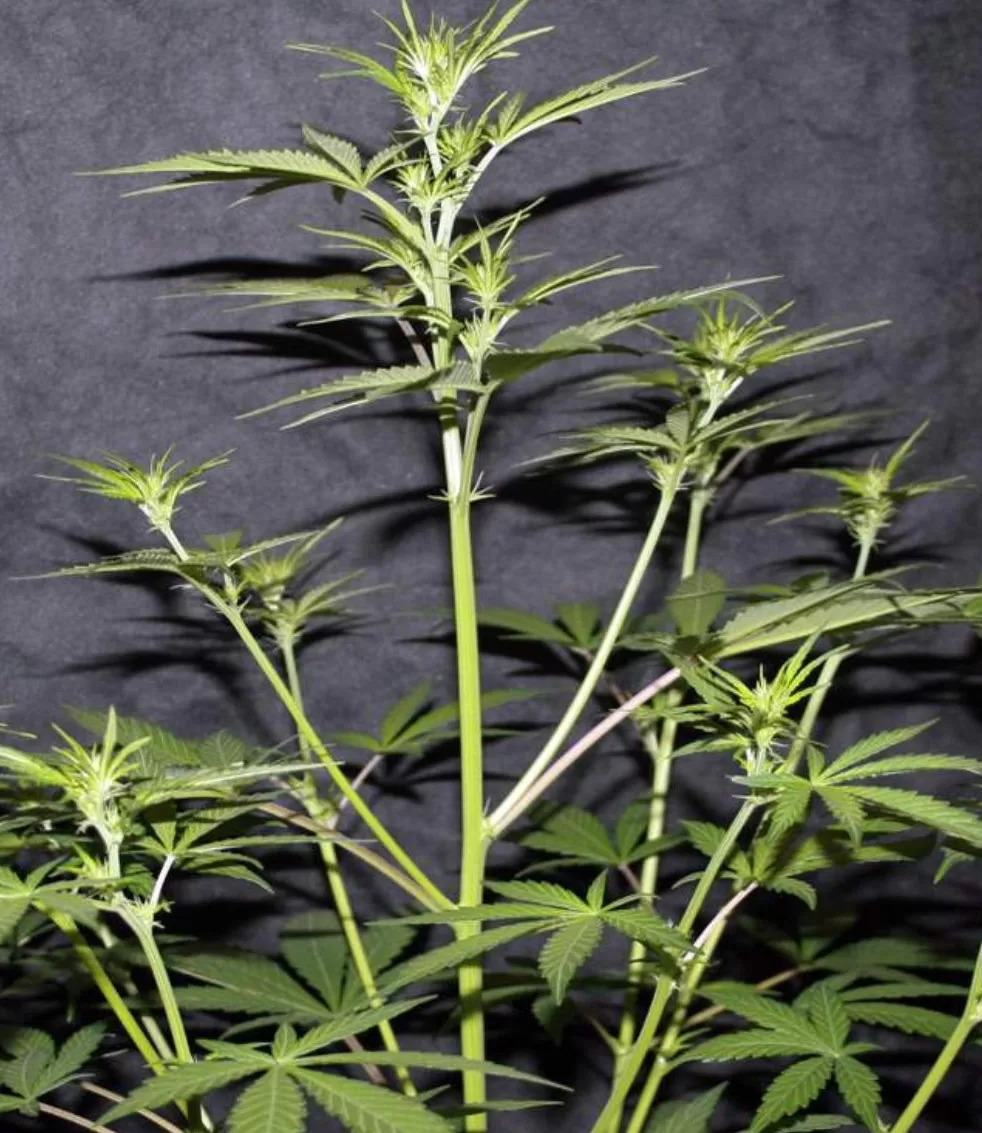Are you ready to kick your indoor gardening into high gear? High-Intensity Discharge (HID) lights might be just the powerhouse you need.
With indoor cannabis cultivation, the choice between High-Intensity Discharge (HID) lights and alternatives like LED is pivotal for plant health and yield. While LEDs offer energy efficiency and targeted light spectra, HIDs are celebrated for their intense light and broad spectrum, closely mimicking natural sunlight, crucial for optimizing photosynthesis and promoting vegetative growth and flowering stages in cannabis plants.
This comprehensive guide will explore the world of HID lights, their benefits and types, and how to choose, install, and maintain the perfect setup for your indoor garden. Get ready to bask in the brilliance of HID lighting!
What are High-Intensity Discharge (HID) Lights?
High-Intensity Discharge (HID) lights are gas-discharge lamps that create an electrical arc between two electrodes within a bulb filled with an ionized noble gas. The electricity arcs from one electrode to another, interacting with the gas and generating a brilliant light. HID lights are known for their high light output, making them popular for indoor gardeners seeking to maximize plant growth and yields.
Types of HID Lights
Two main types of HID lights are used in indoor gardening: Metal Halide (MH) and High-Pressure Sodium (HPS) lamps. Each has specific characteristics suitable for different growth stages of cannabis.
Metal Halide (MH): MH lamps produce a blue-white light spectrum that promotes plant vegetative growth.
High-Pressure Sodium (HPS): HPS lamps emit a yellow-gold color, optimal for the flowering phase but still effective during vegetation.
Comparison between HID, LED, and Other Grow Lights
HID lights have been popular due to their high light intensity and broad spectrum, closely mimicking natural sunlight. However, they are known for higher power consumption than LEDs and other modern lighting technologies. On the other hand, LED lights are more energy-efficient and generate less heat but are more expensive upfront.
Despite the advancements in LED technology, many growers prefer HIDs for their proven track record and cost-effectiveness in large-scale operations.
The Benefits of HID Lights for Indoor Gardening
HID lights offer several advantages for cannabis cultivation. They provide a high light intensity that is crucial for maximizing the growth and flowering stages of cannabis plants.
Using different types of bulbs like MH during vegetative growth and HPS in the flowering stage allows growers to optimize the light spectrum according to the plant’s developmental needs 21.
HID lights deliver a powerful light intensity, making them ideal for large-scale indoor gardens or plants with high light requirements. The intense light produced by HID lamps promotes vigorous growth, leading to larger and more bountiful harvests.
Additionally, the cost of setting up HID lighting is generally lower than LEDs, making it a viable option for novice and experienced growers.
Despite their higher energy consumption, the initial lower cost and effectiveness in promoting robust plant growth make HID lights a favorable choice in many indoor gardening scenarios.
Choosing the Right HID Light for Your Indoor Garden
Factors to Consider: Spectrum, Intensity, and Coverage
When selecting HID lights for cannabis cultivation, understanding the spectrum, intensity, and coverage is crucial. Metal Halide (MH) lights emit a bluish-white spectrum suitable for vegetative growth, while High-Pressure Sodium (HPS) lights provide a reddish-orange spectrum ideal for the flowering stage.
Choosing lights that offer a wide range of spectrums, including UV and infrared wavelengths, is essential to enhance resin production and trichome development.
The intensity of the light affects plant growth and bud development; thus, selecting the right wattage and coverage area ensures adequate light penetration throughout the canopy.
MH vs. HPS: Which Is Better for Each Growth Stage?
The choice between MH and HPS lights often depends on the specific growth stage of the cannabis plants. MH lights are best used during the vegetative phase as they promote strong root and foliage growth due to their blue spectrum.
In contrast, HPS lights, with their red/orange spectrum, simulate the natural sunlight of autumn, making them more suitable for the flowering stage as they trigger hormonal changes that enhance flowering and bud density.
However, many growers recommend using MH lights for vegetative growth and switching to HPS lights during flowering for optimal results.
The Importance of Wattage and Coverage Area
Choosing the correct wattage is essential for managing light intensity and energy consumption. The general rule is to use 250 watts for 3 to 5 plants, 400 watts for 6 to 9 plants, and 600 watts for up to 12 plants, adjusting the distance of the light from the plants accordingly.
For larger crops, 1000-watt bulbs may be necessary, but monitoring the temperatures closely is crucial due to the high heat output.
Additionally, a dimmable ballast can help adjust light output based on plant size and growth stage, potentially saving energy and improving plant health.
Installation and Maintenance of HID Lighting Systems
Setting Up Your HID System for Optimal Performance
To ensure optimal results when growing cannabis with HID lights, it’s essential to set up your lighting system correctly. Choose the appropriate wattage for your grow space, considering the size of the area and the number of plants you’re growing.
Higher-wattage lights provide more intense light, generating more heat and consuming more electricity.
Place your HID lights at an appropriate distance from your plants to prevent burning or light stress, with a general rule of thumb being 18-24 inches away from the top of your plants.
Use reflectors and hoods to direct light towards your plants and minimize light loss, ensuring that your plants receive the most light possible, optimizing growth and yields.
Additionally, HID lights can generate significant heat, so it’s crucial to have a proper ventilation system in place to regulate temperatures within your grow space. This will help prevent heat stress and maintain a healthy environment for your cannabis plants.
Routine Maintenance Tips to Extend the Life of Your HID Lights
To keep your HID lighting system running optimally, it’s vital to maintain and replace your bulbs regularly. Over time, the light output from HID bulbs will diminish, reducing their effectiveness in promoting cannabis growth.
As a general guideline, replace MH bulbs every six to twelve months and HPS bulbs every ten to fourteen months. However, these timelines can vary depending on the specific bulb and usage. Track the lifespan of your lamps and monitor your plants’ growth to determine when it’s time to replace them.
Regular light maintenance is crucial to ensure optimal performance and longevity of your grow room lighting system. Proper maintenance helps avoid disruptions in light output and ensures that your plants receive the necessary illumination for healthy growth.
Troubleshooting Common HID Light Issues
If your HID light system is experiencing issues, check if the ballast receives electricity. When the lamp is plugged in, a humming noise usually indicates that the ballast is functioning. If there’s no humming, check the plug and outlet for a good connection.
Next, inspect the transformer for burns; if it’s damaged, it must be replaced. For HPS units, also check the starter and capacitor; if the ends of the capacitor are pinched out, they are burnt out and need replacement.
Ensure that the bulb is correctly and firmly screwed into the socket, as improper installation is a common reason for bulb failure. With the bulb in place, check all connections for heat and firm contact, ensuring the ballast is unplugged before touching any bare wires or connections.
Lastly, if a fuse or breaker switch is thrown when turning on the light, the circuit may be overloaded; for safety, never use more than 80 percent of the amps available on the circuit.
Maximizing Cannabis Yield with HID Lights
Lighting Schedules and Techniques for Enhanced Growth
High-intensity discharge (HID) lamps, particularly Metal Halide (MH) and High-Pressure Sodium (HPS) lights have been foundational in cannabis cultivation due to their ability to mimic natural light conditions, which are essential during different growth phases.
For instance, MH lamps are preferable during the vegetative stage as they promote firm root and foliage growth through their blue spectrum. HPS lamps, emitting a red color spectrum, are beneficial during the flowering stage as they encourage hormonal changes that enhance flowering and bud density.
The typical light cycle for growing cannabis involves 18 hours of light during the vegetative stage and 12 hours during flowering57. Adjusting the light schedules and ensuring the correct distance between the lamps and the plant canopy prevents light burn and optimizes growth.
Balancing Light Intensity and Heat for Optimal Plant Health
The intensity of light that cannabis plants receive is crucial for maximizing yield. It is recommended that light intensity ranges from 600 to 1000 µmol/m²/s during the vegetative stage and increases to 1000 to 1500 µmol/m²/s during the flowering stage to stimulate dense bud development.
However, HID lights generate significant heat, adversely affecting plant health if not managed correctly. Effective strategies include maintaining an appropriate distance between the lights and the plants and using cooling systems to manage the grow room temperature.
Additionally, implementing dimmable ballasts can help adjust light output based on plant size and growth stage, saving energy and enhancing plant health by preventing light stress.
Case Studies and Evidence of HID Success in Cannabis Cultivation
Numerous case studies and research underscore the effectiveness of HID lighting in cannabis cultivation. Studies indicate that cannabis yields increase with light intensity, but only when other growth conditions, such as temperature and irrigation, are optimally managed.
Growers using a combination of MH for vegetative growth and HPS for flowering often report higher yields and healthier plants than those using a single light type throughout all stages. Moreover, using advanced HID systems that allow for easy switching between MH and HPS bulbs can significantly enhance the flexibility and efficiency of the growing process, leading to better yield and quality of cannabis69.
Conclusion
High-Intensity Discharge (HID) lights offer robust lighting solutions for indoor gardeners seeking to maximize plant growth and yields. By choosing the right HID setup and following proper installation and maintenance practices, you can create a thriving environment for your indoor plants. So, embrace the high-intensity world of HID lights and let your indoor garden reach new heights!
FAQs
What is the optimal light intensity for growing cannabis?
For cannabis, particularly during the flowering stage, higher light intensities are beneficial. It is recommended to increase light intensity to between 800 and 1500 µmol/m2/s PPFD during the flowering phase, as this has been shown to enhance harvest size and cannabinoid levels.
What types of lighting do professional cannabis cultivators prefer?
Professional cannabis growers typically use a combination of lighting sources. The primary light source is often an overhead High-Pressure Sodium (HPS) or LED light. This is complemented by a blue light source, a Metal Halide (MH) bulb or a fluorescent or LED light with a color temperature of 5500K or higher. Bar lights using LEDs are particularly effective for this purpose.
Which is more effective for growing cannabis, HPS or LED lights?
LED lights are generally more effective than HPS lights for growing cannabis due to their higher efficacy. LEDs can achieve the same or greater light output as HPS lights while consuming up to 30% less power. For example, a 720W LED light can produce more than a 1000W HPS light.
Are LED grow lights superior to HID grow lights for cannabis cultivation?
LED grow lights are superior to High-Intensity Discharge (HID) lights for cannabis cultivation. LEDs are more energy-efficient and facilitate better climate control around the plants, promoting healthier growth. In contrast, HID bulbs are less efficient, converting much energy into heat rather than light, which can be felt as wasted energy.

